In 1999, Bill Gates wrote a book titled “Business @ the Speed of Thought.”
In it, Gates made 14 bold predictions that at the time might have sounded outrageous.

Now we know that Gates’ forecasts turned out to be eerily prescient.
For those of you that don’t remember what is what like in 1999, it might be interedting to know that Ibternet barely existed and the mobile phones were rather phones (only phones) that with force and strenght could be moved.
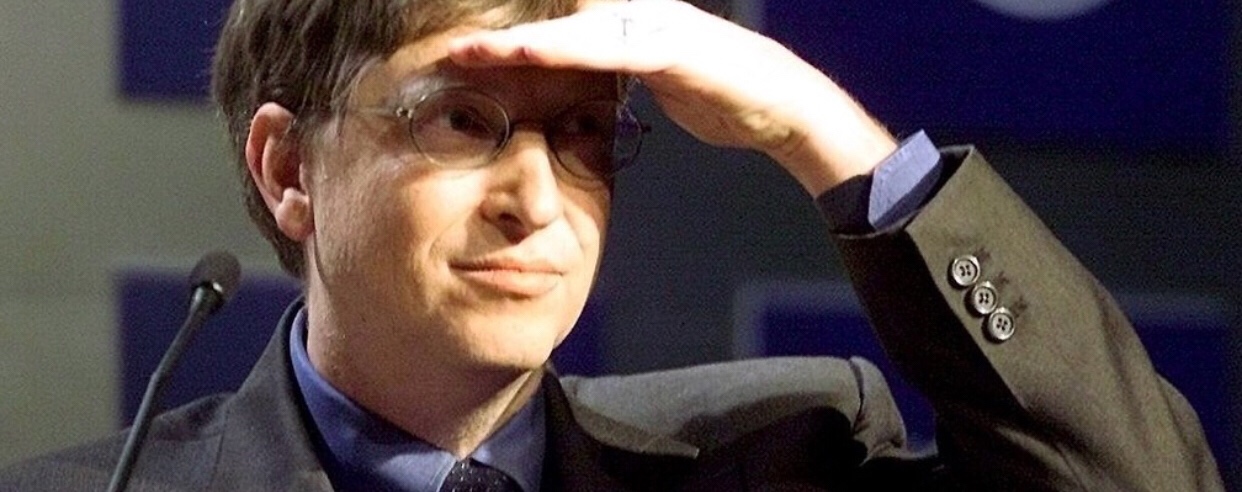
Here are the 14 predictions Gates made nearly 20 years ago — and how close they’ve come to being true.
No. 1: Price-comparison sites.
Gates’ prediction: “Automated price comparison services will be developed, allowing people to see prices across multiple websites, making it effortless to find the cheapest product for all industries.”
What we see now: You can easily search for a product on Google or Amazon and get different prices. Sites like NexTag and PriceGrabber are built specifically to compare prices.
No. 2: Mobile devices.
Gates’ prediction: “People will carry around small devices that allow them to constantly stay in touch and do electronic business from wherever they are. They will be able to check the news, see flights they have booked, get information from financial markets, and do just about anything else on these devices.”
What we see now: Smartphones, and now smartwatches, do all of this.
No. 3: Instant payments and financing online, and better healthcare through the web
Gates’ prediction: “People will pay their bills, take care of their finances, and communicate with their doctors over the internet.”
What we see now: Tech hasn’t been able to change healthcare the way Uber changed transportation, but sites like ZocDoc aim to make finding a doctor and scheduling easier. Startups like One Medical and Forward are trying to change what the doctor’s office is like by offering monthly memberships for online and data-driven healthcare.
You can also now borrow money online through sites like Lending Club and easily make payments through sites and apps like PayPal and Venmo.
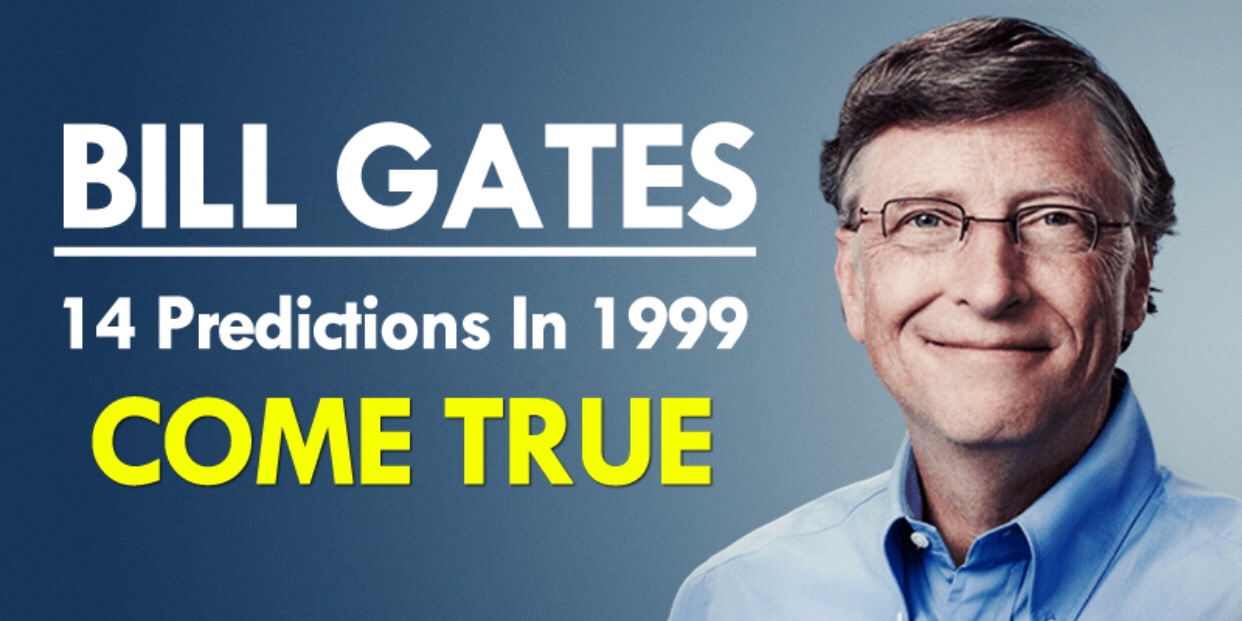
No. 4: Personal assistants and the internet of things.
Gates’ prediction: “‘Personal companions’ will be developed. They will connect and sync all your devices in a smart way, whether they are at home or in the office, and allow them to exchange data. The device will check your email or notifications, and present the information that you need. When you go to the store, you can tell it what recipes you want to prepare, and it will generate a list of ingredients that you need to pick up. It will inform all the devices that you use of your purchases and schedule, allowing them to automatically adjust to what you’re doing.”
What we see now: Google Now, a smart assistant that runs on mobile devices, is starting to head in this direction. Meanwhile, smart devices like Nest collect data on your daily routines and automatically adjust your house’s temperature.
There’s also a wave of voice-controlled devices, like Amazon’s Echo and the Google Home, that you can ask to read your email to you or guide you through recipes as you cook.
No. 5: Online home-monitoring.
Gates’ prediction: “Constant video feeds of your house will become common, which inform you when somebody visits while you are not home.”
What we see now: Google bought Dropcam, the maker of a home-surveillance camera, for $555 million in 2014. But that was just the beginning — Ring makes a smart doorbell camera that can let you see who is at your door. There are even cameras like the PetCube that let you control a laser so you can play with your pets while you’re away.
No. 6: Social media.
Gates’ prediction: “Private websites for your friends and family will be common, allowing you to chat and plan for events.”
What we see now: Two billion people already use Facebook to see what their friends are doing and plan events. There’s also Snapchat, Instagram, WhatsApp, and Facebook Messenger alongside an explosion of other smaller social networks that more than cover this prediction.
No. 7: Automated promotional offers.
Gates’ prediction: “Software that knows when you’ve booked a trip and uses that information to suggest activities at the local destination. It suggests activities, discounts, offers, and cheaper prices for all the things that you want to take part in.”
What we see now: Travel sites like Expedia and Kayak offer deals based on a user’s past purchase data. Google and Facebook can offer promotional ads based on the user’s location and interests. Airbnb, which lets people stay in homes rather than hotels, started to offer specialized trips at destinations so you can live like a local, too.
No. 8: Live sports discussion sites.
Gates’ prediction: “While watching a sports competition on television, services will allow you to discuss what is going on live, and enter a contest where you vote on who you think will win.”
What we see now: A bunch of social media sites allow this, with Twitter being the clear leader — and even streaming some games. You can also leave comments in real time on sports sites like ESPN.
No. 9: Smart advertising.
Gates’ prediction: “Devices will have smart advertising. They will know your purchasing trends, and will display advertisements that are tailored toward your preferences.”
What we see now: Just look at the ads you see on Facebook or Google — most online advertising services have this feature, where advertisers can target users based on their click history, interests, and purchasing patterns.
No. 10: Links to sites during live TV.
Gates’ prediction: “Television broadcast will include links to relevant websites and content that complement what you are watching.”
What we see now: Almost every commercial these days has a callout asking the viewer to go to a website, follow the business on Twitter, or a scan a QR code to add it on Snapchat. It’s rare to see a broadcast without a website linked at all.
No. 11: Online discussion boards.
Gates’ prediction: “Residents of cities and countries will be able to have internet-based discussions concerning issues that affect them, such as local politics, city planning, or safety.”
What we see now: Most news sites have comment sections where people can have live discussions, and many sites have forums where people can ask and respond to certain questions. Twitter and Facebook played roles in political revolutions in Libya, Egypt, and Tunisia, as well as the Black Lives Matter movement in the US.
No. 12: Interest-based online sites.
Gates’ prediction: “Online communities will not be influenced by your location, but rather, your interest.”
What we see now: All kinds of news sites and online communities focus on single topics. Many news sites have expanded to include separate verticals, offering more in-depth coverage on a given topic. Reddit is a great example of a website that’s divided into subgroups, or “subreddits,” that focus on interests rather than who you know or where you are.
No. 13: Project-management software.
Gates’ prediction: “Project managers looking to put a team together will be able to go online, describe the project, and receive recommendations for available people who would fit their requirements.”
What we see now: Tons of workflow software in the enterprise space is revolutionizing how you recruit, form teams, and assign work to others.
No. 14: Online recruiting.
Gates’ prediction: “Similarly, people looking for work will be able to find employment opportunities online by declaring their interest, needs, and specialized skills.”
What we see now: Sites like LinkedIn allow users to upload résumés and find jobs based on interests and needs, and recruiters can search based on specialized skills.
Maybe it is time to listen to what Bill Gates today say about 2035.
2017 is the safest year in aviation history. So far, not i single death due to aviation thisbyear. Amazing. And with a record breaking number of air travellers (again).

As a globetrotter, having visited 169 countries and travelling more than 250 days a year – ot is great to see aviation security being excelled year to year.
Around the world, countries are rethinking the terms of engagement in global trade. This is not all bad; in fact, acknowledgement of globalization’s disruptive effects on millions of advanced-economy workers is long overdue. But new trade policies must be based on a clear-eyed understanding of how globalization is evolving, not on a backward-looking vision based on the last 30 years.
Globalization has done the world a lot of good Research from the McKinsey Global Institute shows that, thanks to global flows of goods, services, finance, data, and people, world GDP is more than 10% higher – some $7.8 trillion in 2014 alone – than it would have been had economies remained closed.

More interconnected countries capture the largest share of this added value. For example, the United States, which ranks third among 195 countries on MGI’s Connectednesd Index, has done rather well. Emerging-market economies have also reaped major gains, using export-oriented industrialization as a springboard for rapid growth.
Yet, even as globalization has narrowed inequality among countries, it has aggravated income inequality within them. From 1998 to 2008, the middle class in advanced economies experienced no income growth while incomes soared by nearly 70% for those at the top of the global income distribution. Top earners in the US, accounting for half of the global top 1%, reaped a significant share of globalization’s benefits.
To be sure, this isn’t all, or even mostly, a result of globalization. The main culpit is technological change that automates routine manual and cognitive tasks, while increasing demand (and wages) for highly skilled workers. But import competition and labor arbitrage from emerging economies have also played a role. Perhaps more important, they have proved more salient targets of voters’ fear and resentment.
Indeed, in the industries and regions hit hardest by import competition, years of simmering discontent have now boiled over, fueling support for populists promising to roll back globalization. But, as the advanced economies reformulate trade policy, it is critical that they understand that globalization was already undergoing a major structural transformation.
Since the global financial crisis, cross-border capital flows have plummeted, with banks pulling back in response to new regulation. From 1990 to 2007, global trade grew twice as fast as global GDP; since 2010, GDP growth has outpaced that of trade.

Image: TeleGeography, Global Internet Geography; McKinsey Global Institute analysis
Both cyclical and secular forces are behind the trade slowdown. Investment has been anemic for years. China’s growth has slowed – a secular trend that is unlikely to be reversed. And the expansion of global supply chains seems to have reached the frontier of efficiency. In short, slower global trade, is likely to be the new normal.
None of this is to say that globalization is in retreat. Rather, it is becoming a more digital phenomenon. Just 15 years ago, cross-border digital flows were almost non-existent; today, they have a larger impact on global economic growth than traditional flows of traded goods.
The volume of cross-border data flows has soared 45-fold since 2005, and is expected to grow another nine-fold over the next five years. Users worldwide can stream Beyoncé’s latest single immediately upon its release. A manufacturer in South Carolina can use the e-commerce platform Alibaba to buy components from a Chinese supplier. A young girl in Kenya can learn math through Khan Academy. Eighty percent of students taking Coursera’s online courses live outside the US.
This new form of digital globalization is more knowledge-intensive than capital- or labor-intensive. It requires broadband connections, rather than shipping lanes. It reduces barriers to entry, strengthens competition, and changes the rules governing how business is done.
Consider export activities, which once seemed out of reach for small businesses lacking the resources to scout out international prospects or navigate cross-border paperwork. Now, digital platforms like Alibaba and Amazon enable even small-scale entrepreneurs to connect directly with customers and suppliers around the world, transforming themselves into “micro multinationals.” Facebook estimates that 50 million small businesses are on its platform, up from 25 million in 2013; 30% of these companies’ Facebook fans, on average, are from other countries.
While digital technologies open the door for small companies and individuals to participate in the global economy, there is no guarantee that sufficient numbers will walk through it. That will require policies that help them take advantage of new global market opportunities.
The US has pulled out of the Trans-Pacific Partnership (TPP) deal, but many of the issues it addressed still require global rules. Data localization requirements and protectionism are on the rise, and data privacy and cyber-security are pressing concerns. In the absence of the TPP, it will be critical to find some other vehicle for establishing new principles for digital trade in the twenty-first century, with a greater emphasis on intellectual property protection, cross-border data flows, and trade in services.
At the same time, advanced economies must help workers acquire the skills needed to fill high-quality jobs in the digital economy. Lifelong learning cannot just be a slogan; it must become a reality. Mid-career retraining must be made available not only to those who have lost their jobs to foreign competition, but also to those facing disruption from the continuing march of automation. Training programs should be able to impart new skills in a matter of months, not years, and they should be complemented by programs that support workers’ incomes during retraining, and that help them relocate for more productive work.
Most of the advanced economies, including the US, have not adequately responded to the needs of the communities and individuals left behind by globalization. Addressing these needs is now of paramount importance. Effective responses will require policies that help people adapt to the present and take advantage of future opportunities in the next phase of digital globalization.
Source: Laura Tyler, Berkeley Haas School of Business/Susan Lund, McKinsey Global Institute
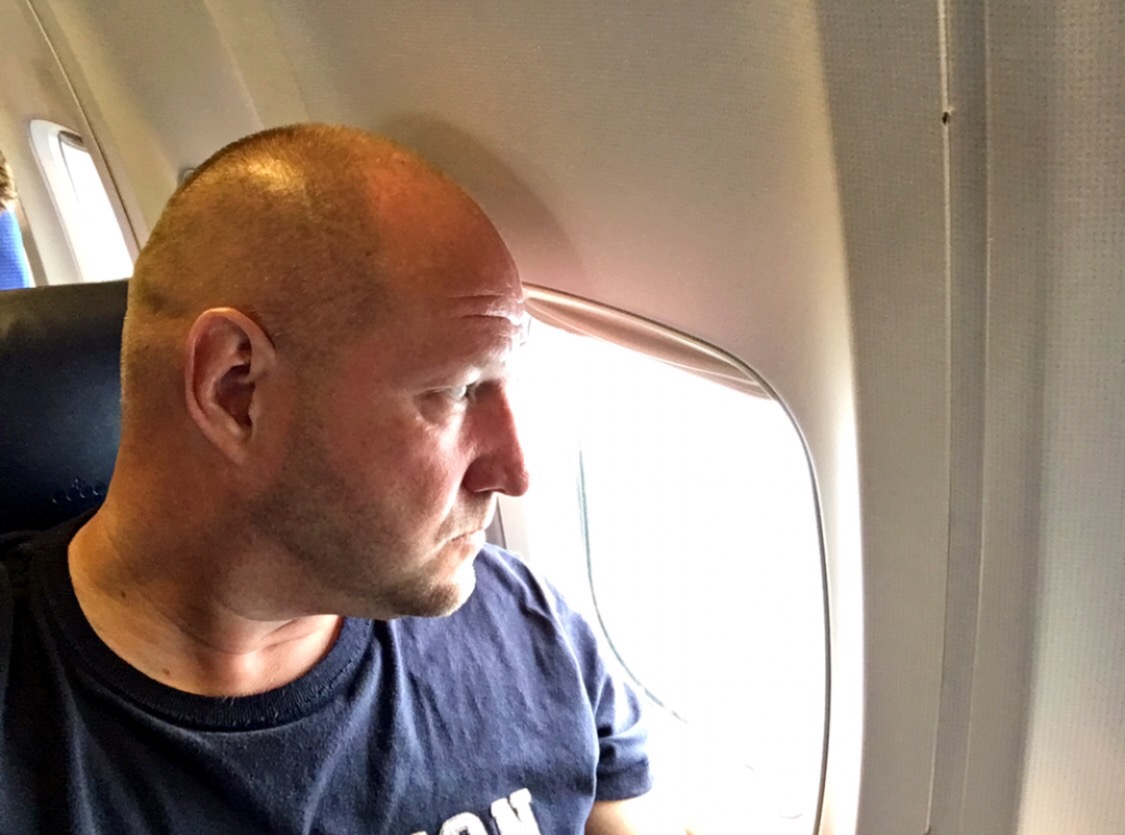

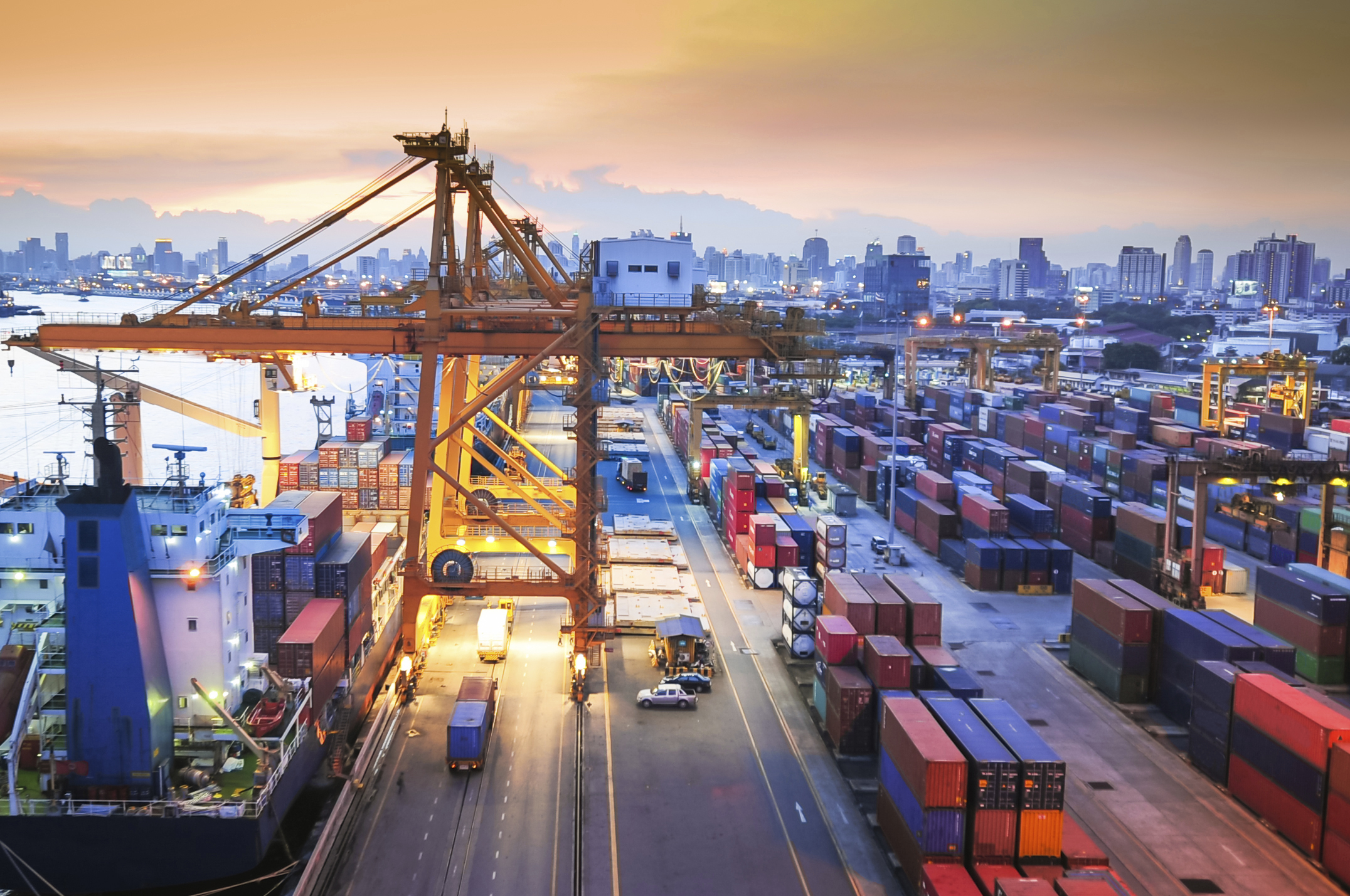

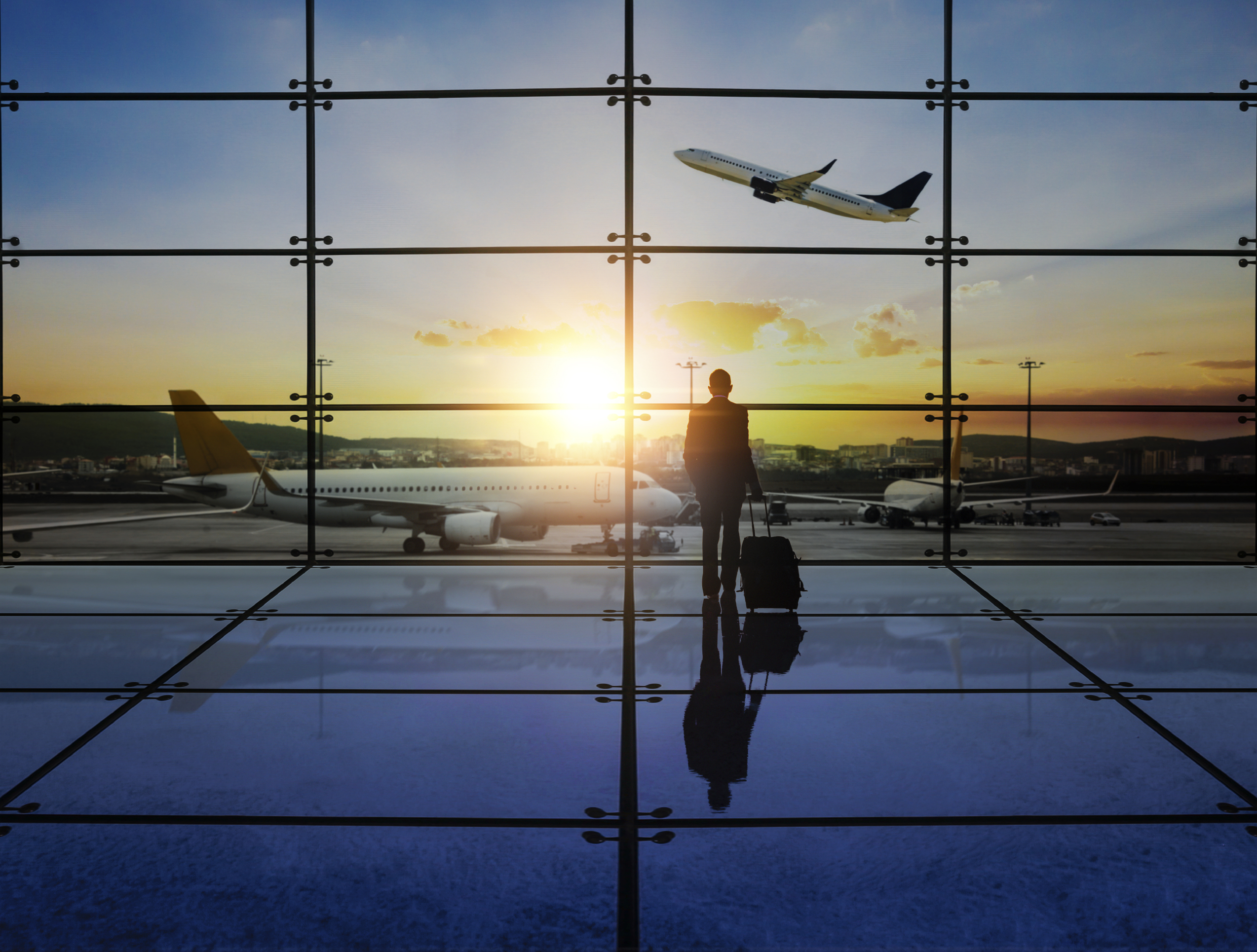
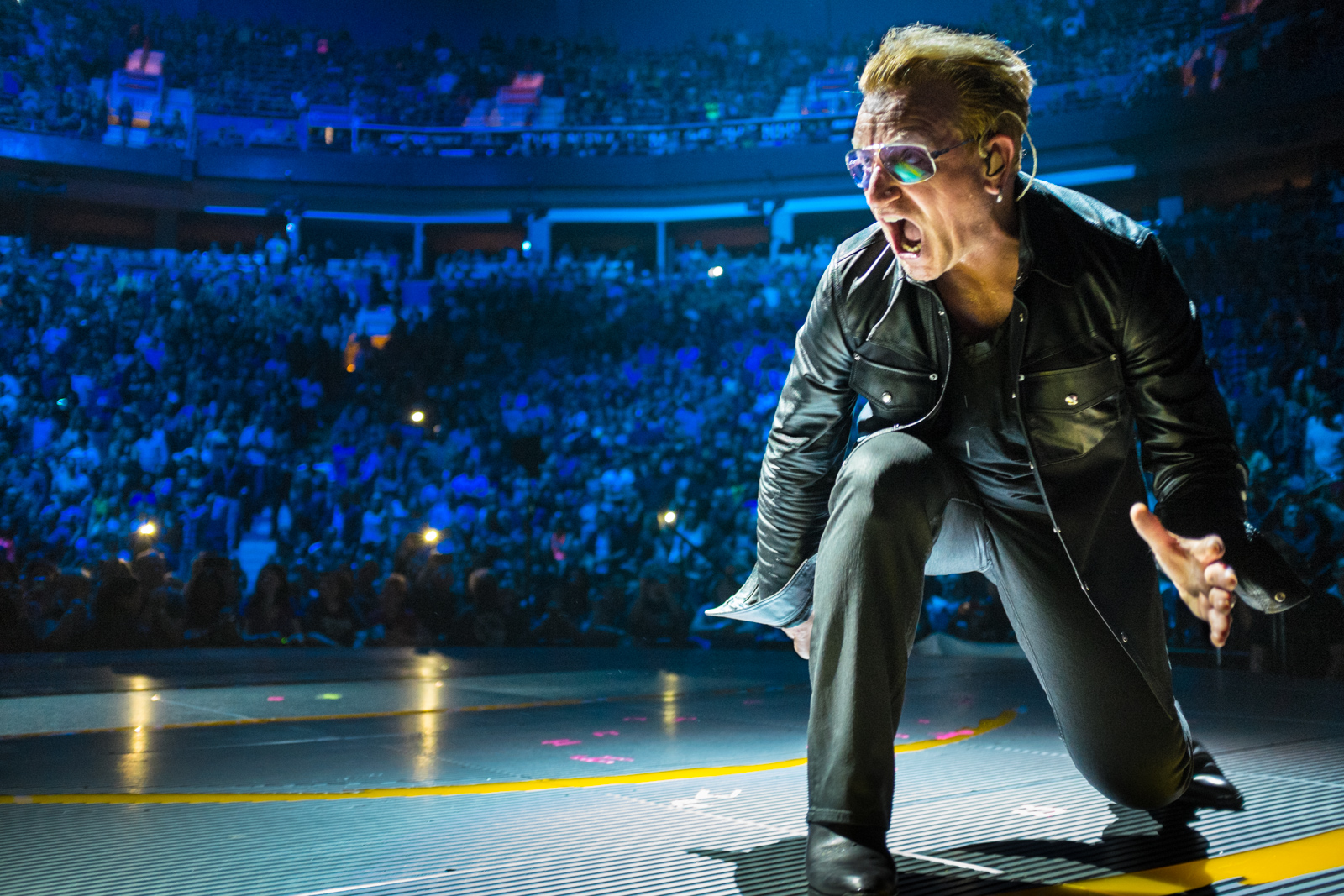
You must be logged in to post a comment.